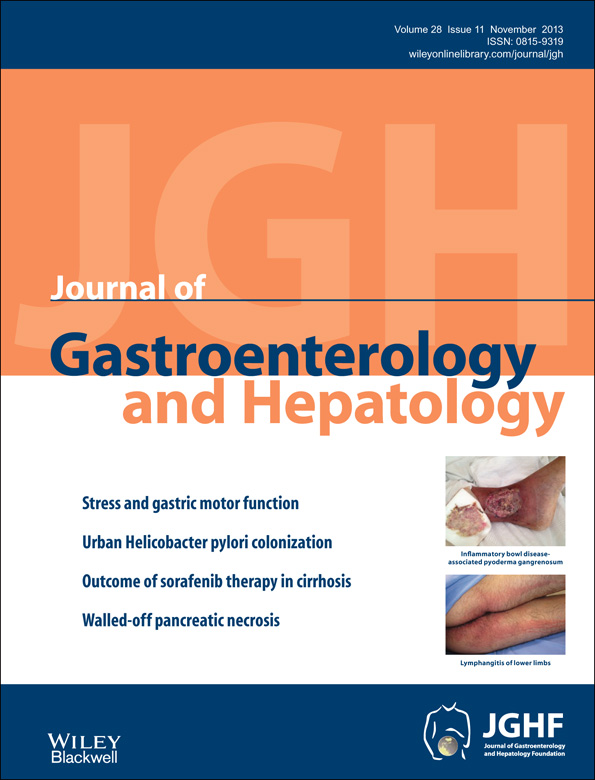Is the double-guidewire technique superior to the pancreatic duct guidewire technique in cases of pancreatic duct opacification?
Abstract
Background and Aims
Pancreatic duct guidewire placement (P-GW) techniques include both the injection cannulation technique with a contrast medium and wire-guided cannulation without contrast injection for selective biliary cannulation; the latter is the so-called “double-guidewire technique” (D-GW). The aim of this study was to compare the outcomes between P-GW and D-GW for biliary cannulation.
Methods
The procedures for biliary cannulation with a naïve papilla were performed in a total of 363 cases. We divided the patients chronologically, according to the time period during which the procedures were performed, into two groups: group A, P-GW performed from March 2008 to June 2009; and group B, D-GW performed from July 2009 to December 2010. The success rates and complication rates were evaluated in each group.
Results
Biliary cannulation was successful in 31 (81.6%) patients in the P-GW group and 34 patients (82.9%) in the D-GW group. The onsets of postendoscopic retrograde cholangiopancreatography pancreatitis (PEP) occurred in the P-GW and D-GW groups were four (10.5%) and three (7.3%) patients, respectively, and all were mild cases (P = 0.616). The frequency of hyperamylasemia and the serum amylase level tended to be lower in the D-GW group than in the P-GW group (P = 0.213). There was a statistically significant difference on the onsets of PEP in the GW and non-GW groups (P = 0.04, 8.9% and 1.1%, respectively).
Conclusions
Both the D-GW and P-GW techniques were equally effective for difficult biliary cannulation. Furthermore, the complication rates, including PEP, were similar in both techniques. A prospective randomized trial is warranted.




